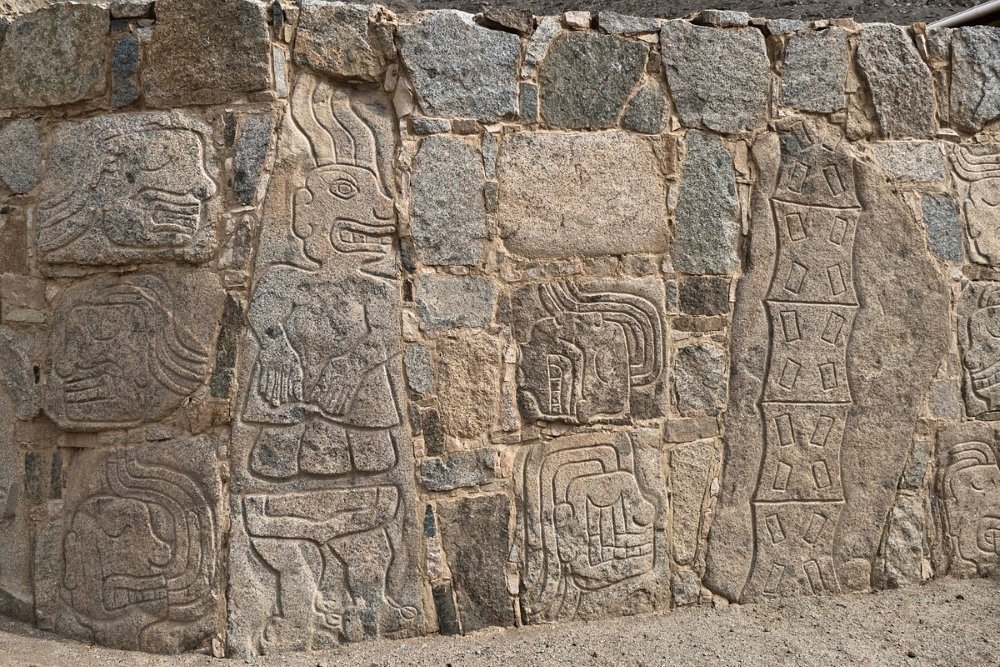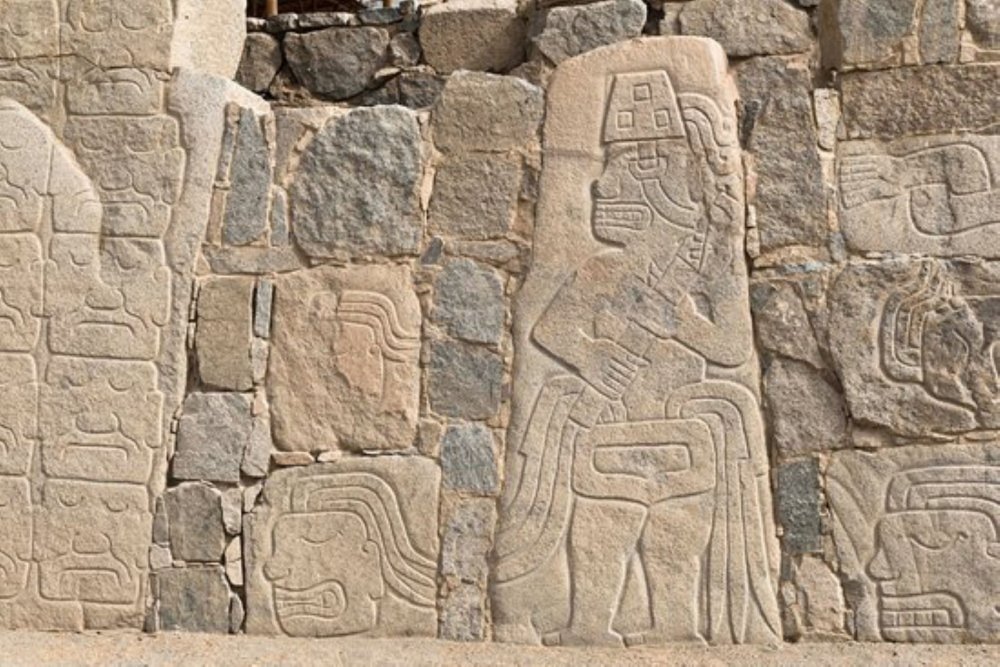Cerro Sechín Archaeological Complex | Ancash

The Cerro Sechín Archaeological Complex | Ancash, located in the province of Casma, in the department of Ancash, Peru, is an outstanding archaeological site. . It includes the Temple of Cerro Sechín, built around 2000 BC, which is considered one of the oldest in Peru and America. Discovered in 1937 by archaeologist Julio César Tello, the complex is recognized for its historical and cultural importance. You can carry out activities such as guided tours to learn about its history and architecture, as well as carry out archaeological research. It is a tourist destination that offers the opportunity to explore and learn about the pre-Columbian history of the region.
How is it composed?
The Cerro Sechín Archaeological Complex is made up of several structures and elements that are part of this important archaeological site. Below, I mention some of the main components:
- Temple of Cerro Sechín: It is the most prominent structure of the complex. It is a rectangular temple, built with large blocks of carved stone and decorated with reliefs and friezes representing anthropomorphic figures, snakes and combat scenes.
- Main Plaza: It is an open space located in front of the Cerro Sechín Temple. Ceremonies and social activities were held in this square in ancient times.
- Underground Galleries: A series of underground galleries have been discovered that connect different areas of the complex. These galleries were used for ceremonial and ritual purposes.
- Steles and Monoliths: In the complex there are numerous steles and monoliths, carved with representations of characters, mythological figures and war scenes.
- Site Museum: Also located in the archaeological complex is a site museum where artifacts and archaeological finds found in the area are displayed, providing a more detailed view of the history and culture of the region.
These are just some of the main components of the Cerro Sechín Archaeological Complex. Each of them plays an important role in understanding the history and culture of the ancient civilizations that inhabited this area.
What did they find in Sechín?
Important archaeological discoveries have been made that have contributed significantly to the knowledge of the history and culture of the region. Some of the most notable findings include:
- Temple of Cerro Sechín: The main temple of the complex, built with large blocks of carved stone and decorated with reliefs and friezes depicting anthropomorphic figures, snakes and combat scenes.
- Reliefs and Friezes: Reliefs and friezes have been found on the walls of the temple and other structures in the complex, showing mythological figures, warriors, snakes and battle scenes, suggesting the importance of war and religion in the culture of the region.
- Steles and Monoliths: Steles and monoliths carved with representations of characters, mythological figures and scenes of daily life and rituals have been discovered.
- Ceramic Artifacts: Numerous ceramic artifacts have been recovered, such as vessels, plates and decorative objects, which provide information about the daily life, beliefs and cultural practices of the ancient civilizations that inhabited the area.
Each of these archaeological finds at the Sechín Complex have allowed researchers and archaeologists to better understand the history and culture of the ancient civilizations that prospered in the region, as well as the importance of this site in the archaeological context of ancient Peru.
Recommendations
- Previous Information: Before your visit, find out about the schedules, tickets and services available at the archaeological complex to properly plan your visit.
- Appropriate Footwear and Clothing: Due to the nature of the terrain and archaeological structures, it is recommended to wear comfortable footwear and appropriate clothing to walk and explore the site.
- Sun Protection and Water: Since the weather can be hot, it is important to bring sunscreen, a hat, and water to stay hydrated during your visit.
- Respect for Heritage: It is essential to respect the archaeological structures, not damage or remove objects from the site and follow the guides’ instructions to preserve the cultural heritage.
- Listen to the guides: If guided tours are available, it is advisable to join them to get detailed information about the history, architecture and archaeological finds of the complex.
- Responsible Photography: If you wish to take photographs, be sure to do so in a responsible and respectful manner, avoiding damaging structures or interfering with other visitors.
- Safe Exploration: When exploring the archaeological complex, stay in the areas designated for visitors and follow safety regulations to avoid accidents.












